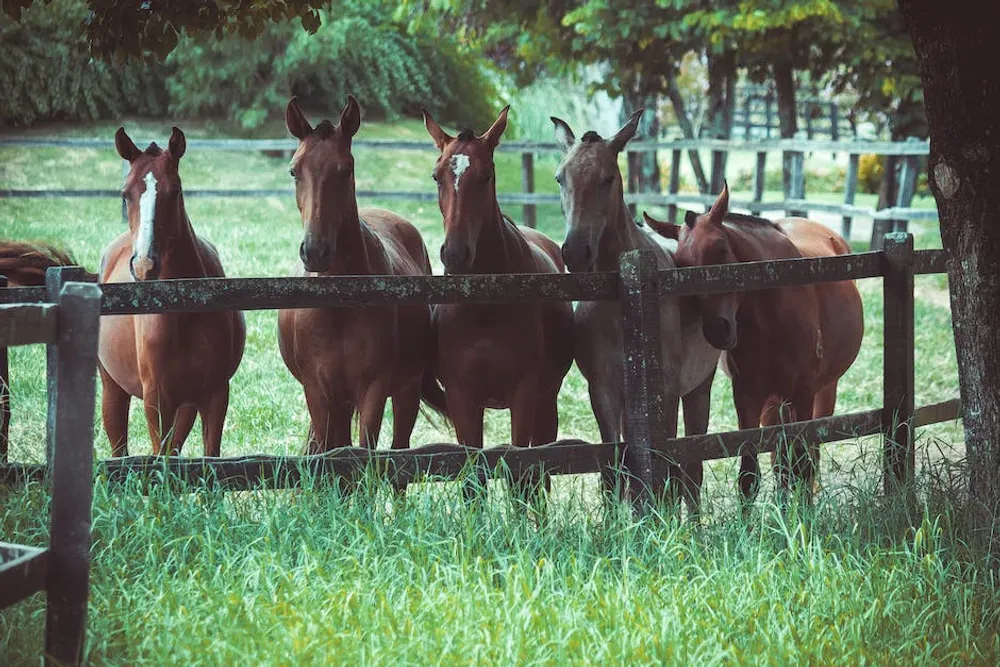
Table of Contents
Introduction
Spring brings warmer weather, longer days, and the promise of lush green pastures. However, for horse owners, it also heralds the onset of several issues that can affect equine health and well-being. From encysted redworms to laminitis and obesity, understanding these challenges and implementing preventive measures is crucial for maintaining the health of our four-legged friends.
How to Stop Encysted Redworms from Affecting My Horse in the Springtime
Encysted small redworm larvae can lie dormant in the horse's gut over the winter months and emerge in spring, causing serious damage to the intestines. These larvae will have encysted in the gut wall during the winter, waiting for warmer temperatures and then emerge to resume their lifecycle. Once these encysted worms emerge, there will be significant consequences.. Signs that the horse has this problem are:
- A sudden loss of condition.
- Diarrhoea and associated dehydration.
- Colic
- Reduced blood protein.
- Fluid retention in the form of peripheral oedema.
- In some cases, sudden death occurs.
Faecal egg counts do not detect encysted worms as the larvae are buried within the gut wall and in any case, the larvae are not producing eggs. So always deworm in late winter to target encysted larvae. Equest and Equest Pramox are both suitable and the second wormer also treats tapeworm.
Throughout the year It is also important to keep redworms in check by having faecal egg counts and if required deworming to reduce the chance of the redworm larvae encysting. As part of this programme regularly remove dung from your paddocks and rest the pastures so they are not continually grazed.
For more on Controlling Small Redworms Read this Article
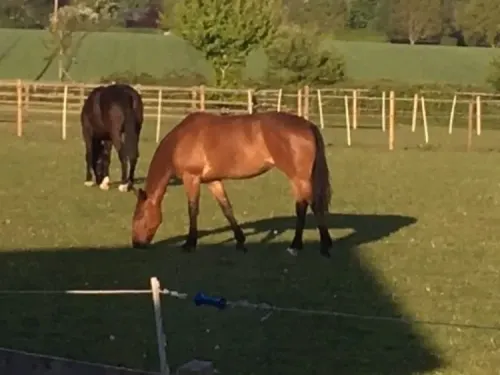
Article Suggestion
Small Redworms Kill HorsesHow to Stop My Horse from Overeating in the Springtime
With the abundance of fresh spring grass, horses are at risk of overeating and becoming overweight. This seriously increases the chance of developing laminitis and puts more stress on joints and soft tissue. Many horses have reduced exercise in winter and lose fitness. They then become fat on spring grass and are turned out 24-7 at the time their riders are expecting to ride more frequently. A fat and unfit horse is more likely to develop soft tissue damage and will be far harder to make fit.
keep your horse slim in winter and prevent excess weight gain in the spring. This will mean daily monitoring of your horse's condition and if his ribs are not easily felt reduce the calorific intake. Here are the important things to do:
- Put your horse on heavily grazed winter paddocks for part of the day.
- Unless there is an overnight frost the sugar in the grass increases over the day and reduces at night. So if there isn't a frost put your horse on spring grass in the evening and overnight.
- If there is a frost don't let your horse graze spring grass on the following day.
- Consider stabling your horse for part of the day and provide adequate hay at this time.
For more about Slim Horses, Read this Article
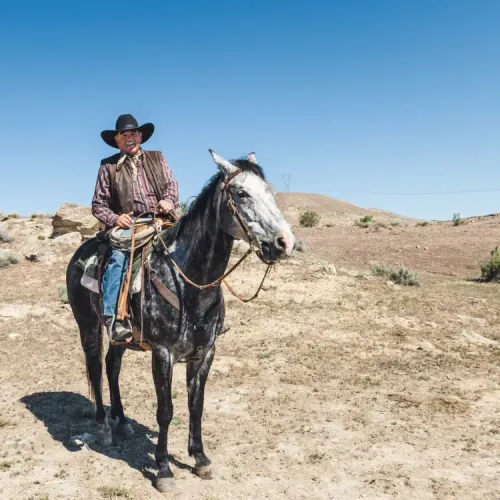
Article Suggestion
Heavy Riders need Happy Slim HorsesSome horses are prone to developing laminitis, and eating spring grass with a high sugar content causes laminitis. This can be disabling and even life-threatening. Many horses with a tendency to laminitis are overfed in winter and are already slightly overweight before the rush of spring grass. These horses are the most vulnerable and must be carefully monitored.
Here are the signs that your horse is developing laminitis;
- Your horse has a raised digital pulse and heat in the hoof. This is usually the forefeet but can be in all feet and occasionally just the hind feet.
- He is not comfortable moving at a trot on the road.
- The horse has a short pottery gait and does not like tight turns.
- He moves his weight between the front feet when resting.
How to Stop My Horse from Getting Laminitis in the Springtime
Most horses are not in hard fit condition and keeping these horses slim probably involves a low-sugar and starch diet. Many hardy horses and ponies will not need hard feed. It is desirable to restrict your equine partner's access to rich spring grass and the important consideration is the volume of grass being eaten. Many greedy horses or ponies realise that they will be out on good grass for a short time slot within the day and gorge themselves silly. This means these horses and ponies must avoid good grazing. Here are some alternatives to use:
- Use a turn-out area with no access to grass and for this, a wood chip surface is a good choice. Then feed hay that has been soaked to reduce the feed content. In this way, the horse has plenty of roughage to keep its bowels moving but is also on a calorie-controlled diet.
- Alternatively, make a track system around the edge of your paddocks with feed stations for soaked hay located at intervals along the track. The track will need to have poor grass so that the horse does not overeat and the track system will keep him on the move.
Assuming your horse has no health issues that prevent it from being ridden It is also important to exercise your horse daily. If the animal cannot be ridden, this needs to be in-hand exercise.
For more about Laminitic Horses, Read this Article
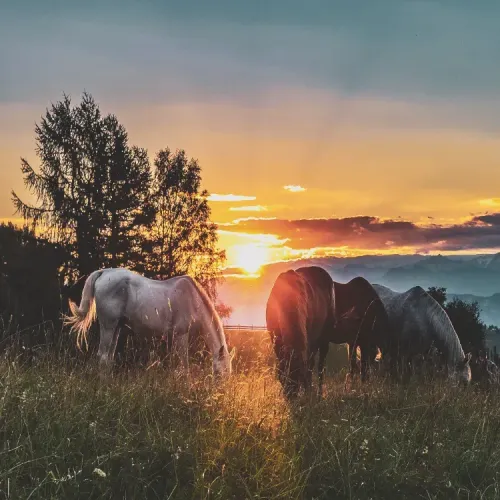
Article Suggestion
All you need to know about Keeping Laminitic HorsesHow to Stop My Horse from Eating Sycamore Seedling and Ragwort in the Springtime
Most of us know ragwort and the risk of our horses being poisoned. Luckily, most horses avoid this plant because it is so bitter, but it is best to remove growing ragwort from pasture and never to let the plants seed. The main risk is from hay containing ragwort, as the dried plant remains toxic but is no longer bitter. However, there are unusual cases of horses eating ragwort growing in the field. These cases are generally when the horse has insufficient feed and is hungry, although a greedy or laminitic horse on restricted grazing could be tempted. Here are some tips:
- Horses on restricted grazing must have a daily paddock check for ragwort's presence, which must be removed as it comes through.
- Rather than turning a horse out on a sour patch with many weeds and little grass, consider using a woodchip turn-out area and feeding hay with low sugar content. However, there must be enough hay to keep the horse's bowels moving so use a trickle feed technique to slow down hay consumption.
Sycamore poisoning is called Atypical Myopathy and the condition is frequently fatal. The main problem comes from horses eating the sycamore keys in the autumn-fall. However, seedlings are also toxic and are not easy to spot in pasture. Here are some tips:
- Don't turn a horse out on a paddock with a growing sycamore tree.
- Be aware that sycamore keys travel a long distance so a neighbour tree could cause seedlings to germinate in your pasture. So if there are sycamores near your property inspect paddocks and fence-off areas containing seedlings.
- Ensure your grazing is adequate so your horse is not tempted to eat the seedlings.
- It is good practice to use a herbicide to kill off seedings but remember that the dead plants will remain toxic for up to 6 months.
- If possible pull and remove all sycamore seedlings.
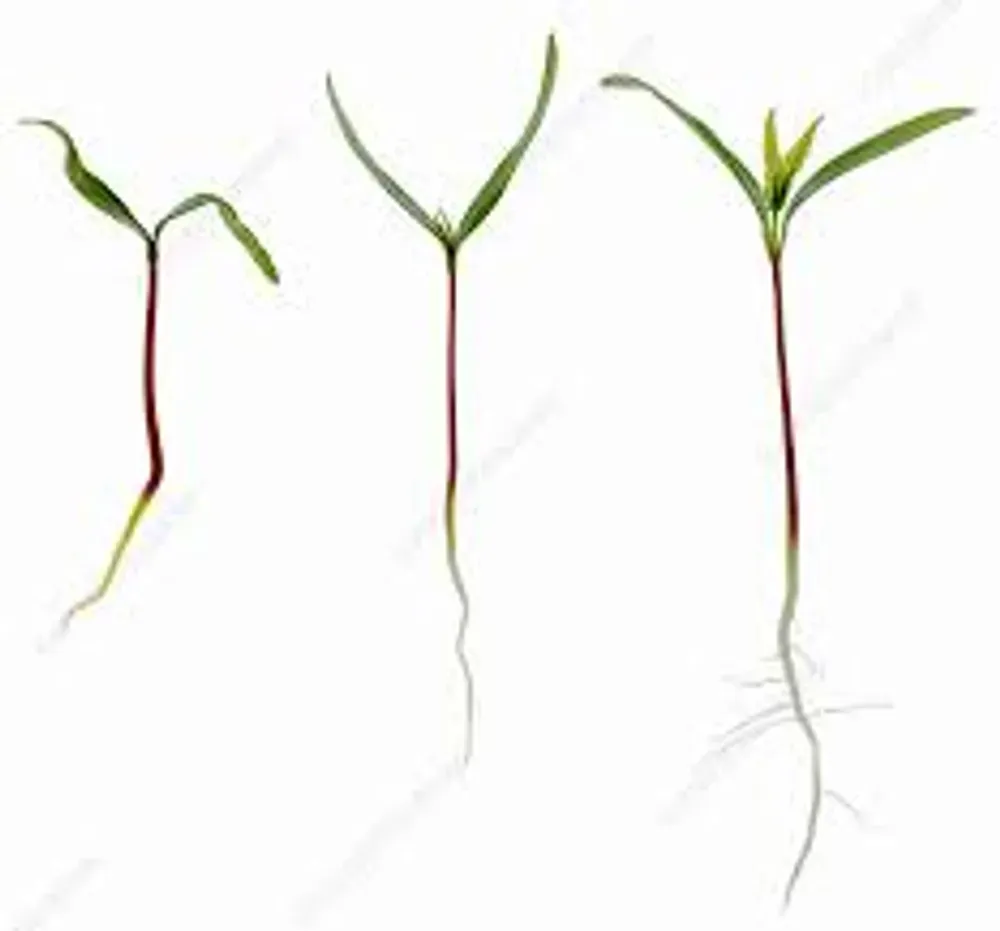
Sycamore seedlings are difficult to spot in pasture.
How to Stop My Horse from Having Diarrhoea from Spring Grass
An abrupt change in diet, particularly transitioning from hay to spring grass, can cause your horse to develop diarrhoea. This is because spring grass is higher in moisture and can contain different nutrient levels compared to hay, A good prevention is to gradually introduce your horse to spring pasture, starting with short grazing periods and slowly increasing the duration. Other times provide access to hay to help ease the transition and maintain gut health.
Horses fed on soaked sugar beet cope well when turned out on Spring Grass!
If your horse has little access to grass in winter but does have a diet containing soaked sugar beet there will be less chance of diarrhoea with the rush of spring grass.
How to Stop Spring Grass from Causing My Horse to Cough
Some horses are susceptible to pasture-induced allergies. They will start coughing when grazing and when ridden outside. This is called Pasture-Associated RAO and occurs from the springtime onwards with individual horses affected by different allergies. If your horse suffers from this condition they will need to be kept away from the problem through stabling at the time of year they are affected. You will know that your horse has a problem because they start coughing as soon as they are turned out to graze.
The take-home Message
By being aware of these springtime challenges and implementing appropriate preventive measures, horse owners can ensure the health and well-being of their equine companions as they transition into the new season. Regular monitoring, strategic management of diet and grazing, and proactive veterinary care are key to mitigating these issues and enjoying a happy, healthy spring with our horses.
FAQs
Can my horse get a small redworm infection from eating hay?
Will my horse stay sounder if he is in slim condition?
Should I be able to easily feel my horse's ribs?
Are some horses more resistant to sycamore poisoning?
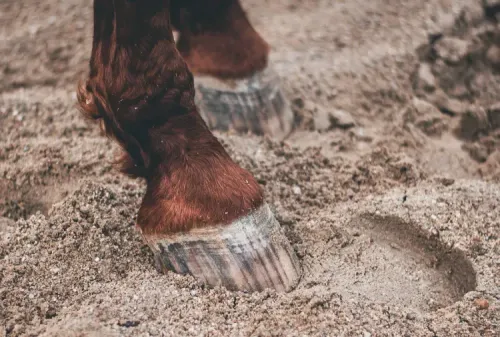
Article Suggestion
A Life Saver – Check Your Horse’s Digital Pulse for Emerging Foot Problems
